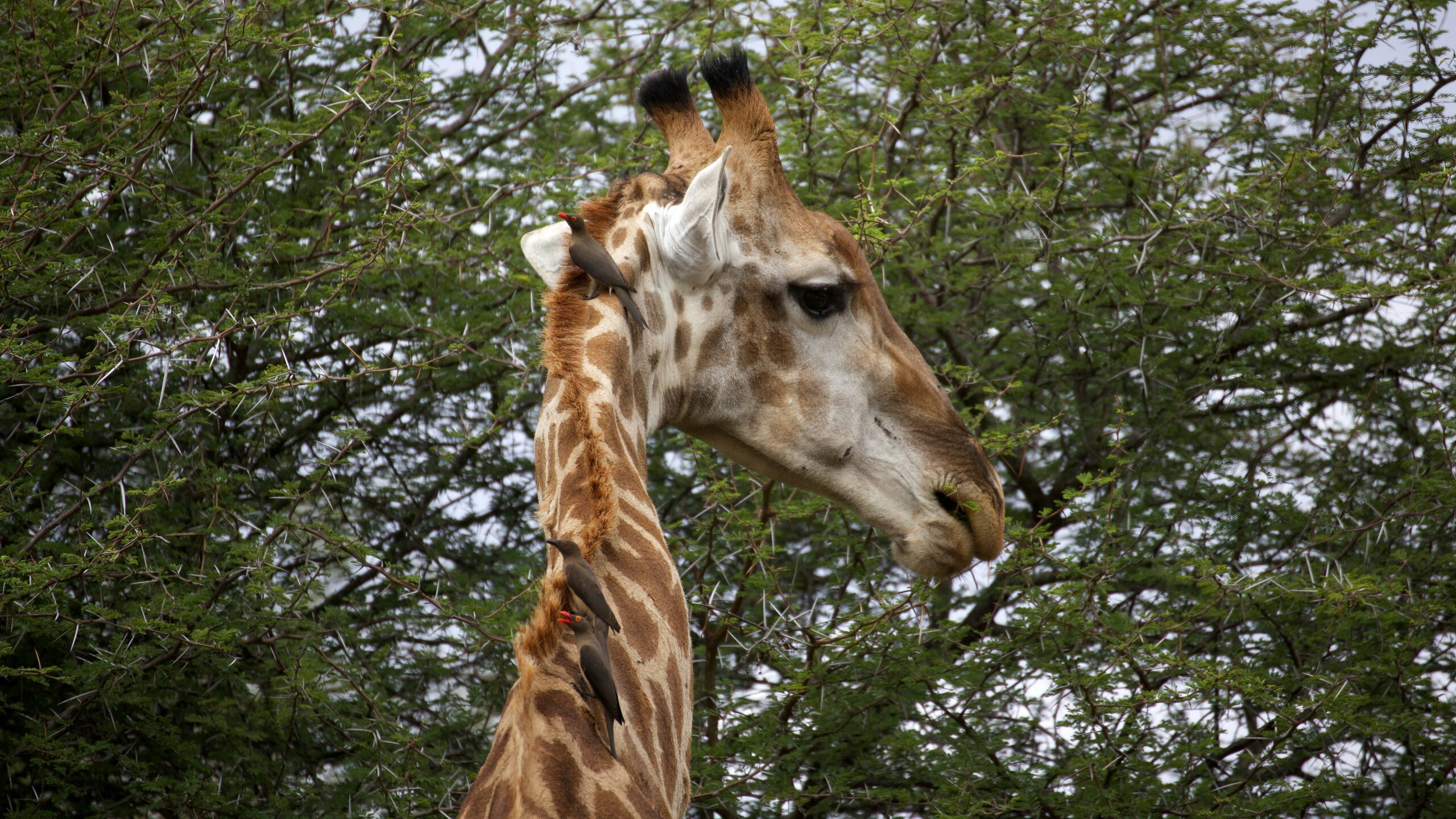The Fascinating World of Symbiotic Relationships between Animals and Plants
The Fascinating World of Symbiotic Relationships between Animals and Plants
Symbiosis, derived from the Greek words “syn” meaning together and “biosis” meaning living, refers to the close and often long-term relationships between different species. These relationships can occur between animals and plants, where both parties benefit from their association. Let’s delve into the intriguing world of symbiotic relationships and explore some fascinating case studies.
Mutualism: A Win-Win Situation
One of the most common types of symbiotic relationships is mutualism, where both the animal and the plant involved benefit from their interaction. An excellent example of mutualism is the relationship between bees and flowers. Bees, while seeking nectar, inadvertently transfer pollen from one flower to another, aiding in the plants’ reproduction. In return, the bees receive food in the form of nectar. This mutually beneficial partnership has allowed both bees and flowers to thrive and evolve together over millions of years.
Another intriguing case of mutualism is seen in the relationship between cleaner fish and larger marine animals. Cleaner fish, such as cleaner wrasses, feed on parasites and dead skin cells found on the bodies of larger fish, known as “clients.” By providing this cleaning service, the cleaner fish receive a steady source of food, while the clients benefit from the removal of harmful parasites, improving their overall health.
Commensalism: One Benefits, the Other Remains Unaffected
Commensalism is a type of symbiotic relationship in which one organism benefits, while the other remains unaffected. An interesting example of commensalism can be observed in the relationship between cattle egrets and grazing animals, such as cows or buffaloes. These birds feed on insects that are stirred up as the large herbivores move through the grass. While the cattle egret benefits from the easy access to food, the grazing animals are neither harmed nor helped by the presence of the birds.
Epiphytic plants provide another example of commensalism. These plants, such as orchids or bromeliads, grow on the surface of other plants, using them as support structures. While the epiphytes benefit from the increased access to sunlight and nutrients, the host plants are not significantly impacted by their presence.
Parasitism: A One-Sided Relationship
Parasitism is a type of symbiotic relationship where one organism, the parasite, benefits at the expense of the other, known as the host. One well-known example of parasitism is the relationship between ticks and mammals. Ticks attach themselves to the host’s skin and feed on their blood. While the ticks benefit from the nourishment, the host may suffer from irritation, infection, or even transmit diseases.
Another case of parasitism can be observed in mistletoe plants, which grow on the branches of trees and extract nutrients from their hosts. Although mistletoe plants produce beautiful berries, they weaken the host tree by stealing essential resources, potentially leading to the tree’s decline or death.
The Delicate Balance of Symbiotic Relationships
Symbiotic relationships between animals and plants are fascinating examples of nature’s intricate interconnectedness. These relationships demonstrate how different species can coexist and depend on each other for survival and success. Whether it is the mutualistic bond between bees and flowers, the commensal relationship between cattle egrets and grazing animals, or the parasitic connection between ticks and mammals, each interaction plays a crucial role in maintaining the delicate balance of our ecosystems.
Studying these symbiotic relationships not only deepens our understanding of the natural world but also highlights the importance of preserving and protecting these delicate connections. By recognizing and appreciating the interdependence of animals and plants, we can work towards creating a sustainable future for all living organisms on our planet.
